Europe
Europe
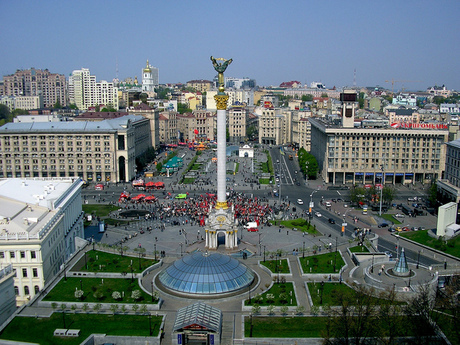
Kiev is the capital city of Ukraine, its largest economical, political, educational and cultural center. Kiev offers endless opportunities for tourism. Traveling to this city may be one of the most pleasurable experiences in your life. Ukrainians’ very lifestyle will be as interesting to foreign visitors as the capital’s major attractions and museums.
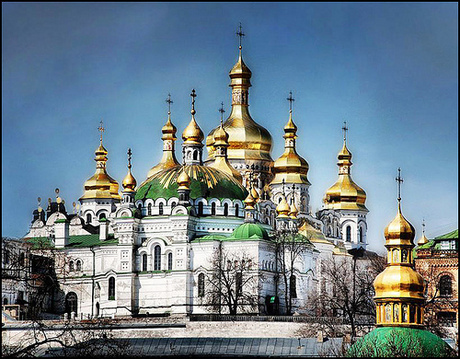
Kiev-Pechersk Lavra (the Caves Monastery) is a fascinating living piece of history dating back to 1051. The Venerable Anthony, a devout monk, settled in a cave on the western bank of the Dnieper River. He was soon joined by his followers and their numbers swiftly began to outgrow the caves. Prince Izyaslav and other Kievan aristocracy were frequent visitors to the Venerable Anthony and donated money to build a church and aboveground monastery. Since that period, the Monastery has continued to grow and is still active today, serving as an important centre of Orthodox Christianity and reflecting a fascinating way of life.
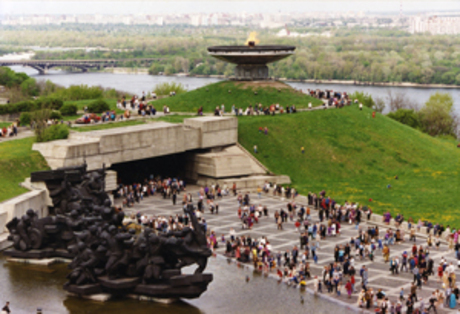
Dominated by the enormous, towering statue of the Motherland (looking like the sword-wielding sister of the Statue Of Liberty) above it, the Great Patriotic War Museum houses a fascinating collection of World War II artefacts in a Soviet-built building. Decommissioned tanks sit outside the museum, symbolically painted with flowers and nearby, another interesting statue entitled 'To the Fallen' serves as a memorial to all those who fought and died in the war. Although most of the museum notes are in either Russian or Ukrainian, they are well laid out and the displays are fascinating.
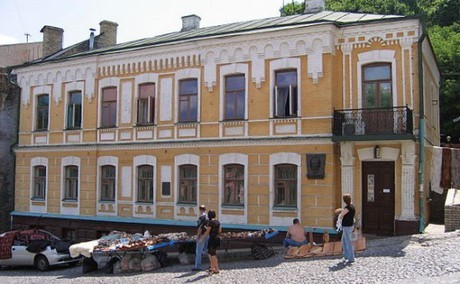
An interesting if eccentric insight into the family life of Kiev's most famous son (the writer Mikhail Bulgakov) as a young boy. Exhibits focus on the White Guard, an autobiographical account of his experiences in Kiev during the Russian civil war, rather than his most famous book and masterpiece, The Master and Margarita.
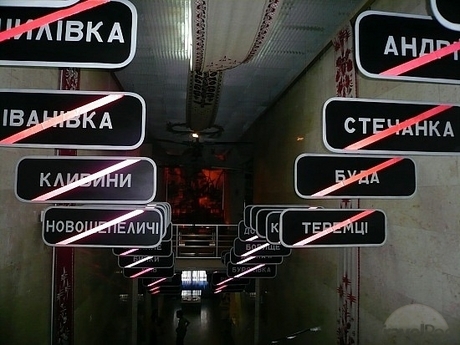
This museum is a mixture of artistic representations of the disaster, artefacts from the site itself and model reconstructions commemorating the heroics of the first rescue workers, many of whom died fighting the fire. Dozens of signs hanging from the ceiling makes a haunting memorial to the evacuated towns still too dangerous to live in.
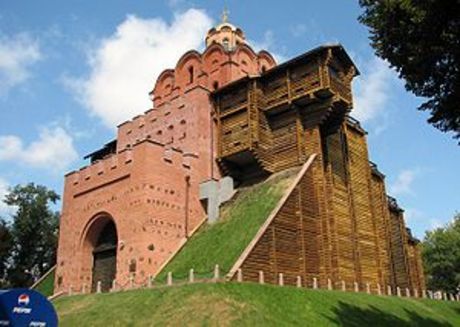
Little of Kiev's rich ancient history remains, which makes the Golden Gates all the more special. They were built in 1017 as the gateway into the once-walled city.
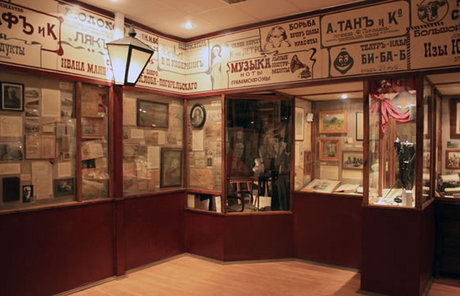
Kiev’s One Street Museum chronicles the vibrant history of Andreyvsky Uziv, often described as Kiev's Montmartre. Over the years a wide variety of artists, actors and writers lived on the street.
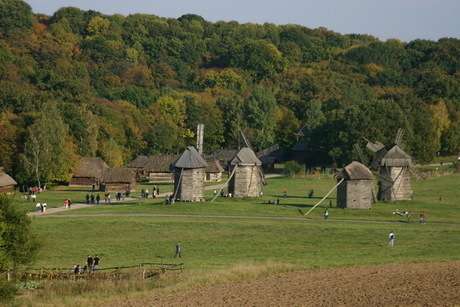
If Kiev is your only stop in Ukraine, there is no better place to get a flavour of the rest of the country than the Museum of Folk Architecture and Life in Pirogov village 20km (12.5 miles) southwest of the city centre. Here visitors will experience the life some rural Ukrainians still endure - far removed from the urban luxury of its capital. More than 300 pieces of original folk architecture, including windmills and thatched huts, have been collected to create a village that visitors can roam through freely to explore the six regions of Ukraine. It is accessible by taking bus 27 from metro station Libidska to Pirogov village or organised tours are available from most Kiev-based travel agencies.
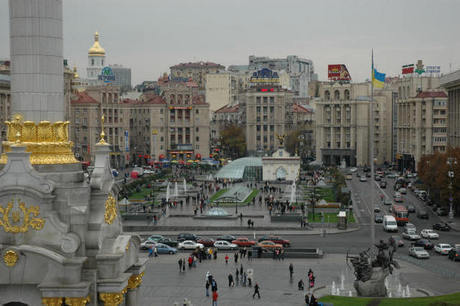
The Independence Square, or Maidan Nezalezhnosti, is the central square in Kiev, the main and the most beautiful one. Parades, concerts, festivals and other city arrangements and holidays take place on this square. It contains six fountains, Independence Column and artificial waterfall. The Independence Square has much to offer: the huge building with the tower and chimes, the Trade Union Association Office and other attractions. The left side of the Independence square is covered with granite. One of the main city squares, it is located on the Khreschatyk Street. The square was known under many different names but it became prominent as simply as the Maidan due to the political events that took place there in 2004 after the Ukrainian accession to independence.
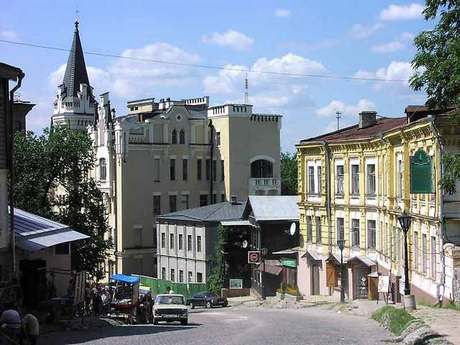
Andreevsky Spusk is one of the oldest streets in Kiev. In ancient days it was the shortest way from the Upper Town to the Podol, or the Lower Town, where merchants and craftspeople used to live. Nowadays this steep and meandering street is a traditional place for arranging concerts, art festivals and city holidays. On Andreevsky Spusk there are many interesting picture galleries and souvenir stores. This street is often called Kiev's Montmartre, as any time one can see here artists displaying their works. It is also the place where singers and actors give their performances.
 1 2 3 4 5 6 7 8 9 10 11 12 13 14 15 16 17 18 1920 21 22 23 24 25 26 27 28 29 30 31 32 33 34 35 36 37 38 39 40 41 42 43 44 45 46
1 2 3 4 5 6 7 8 9 10 11 12 13 14 15 16 17 18 1920 21 22 23 24 25 26 27 28 29 30 31 32 33 34 35 36 37 38 39 40 41 42 43 44 45 46 
